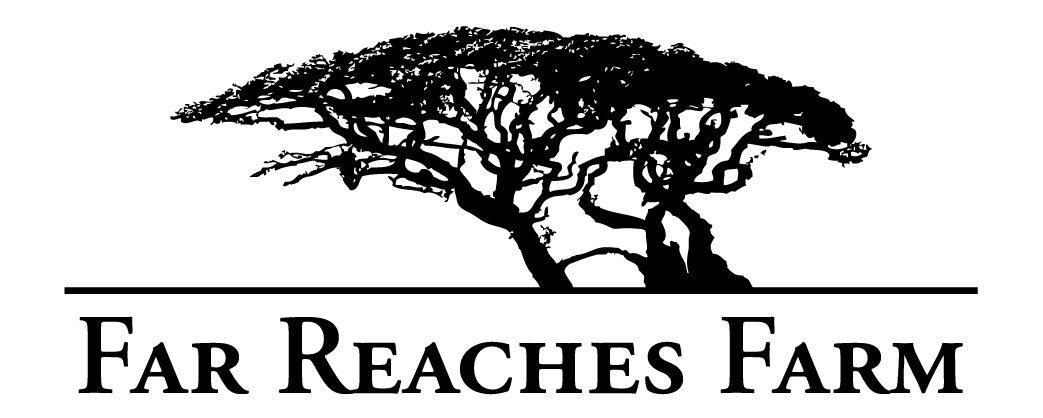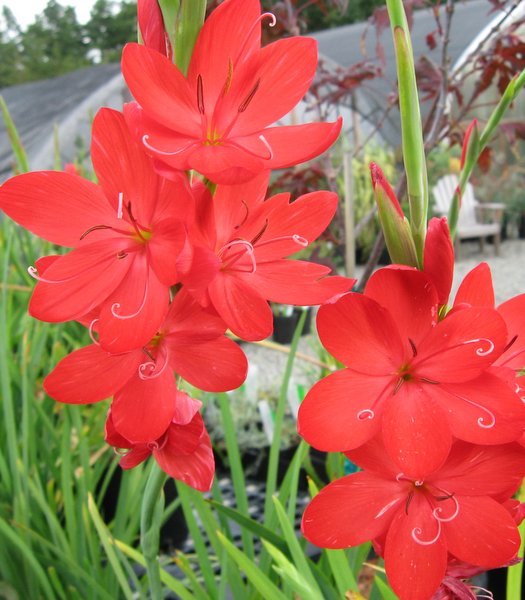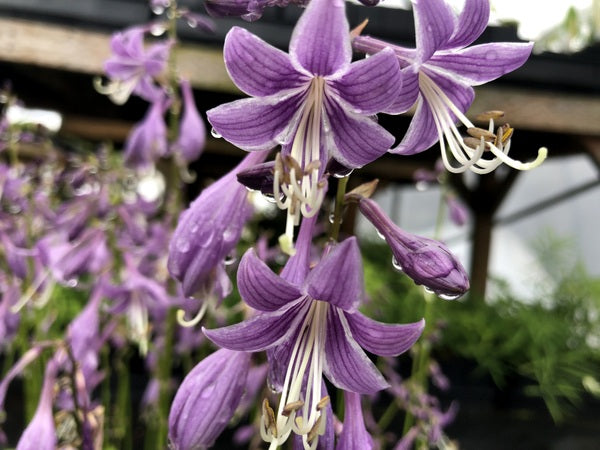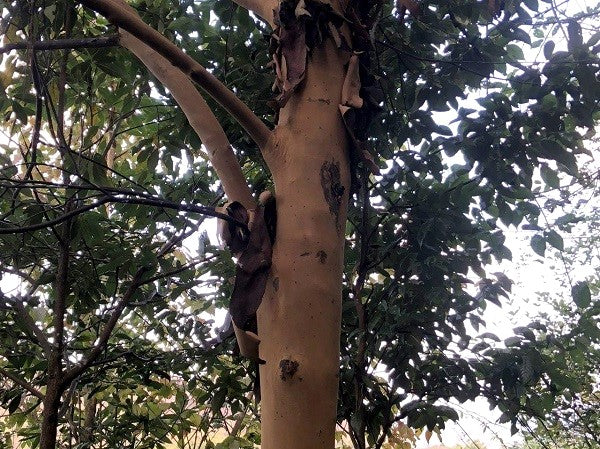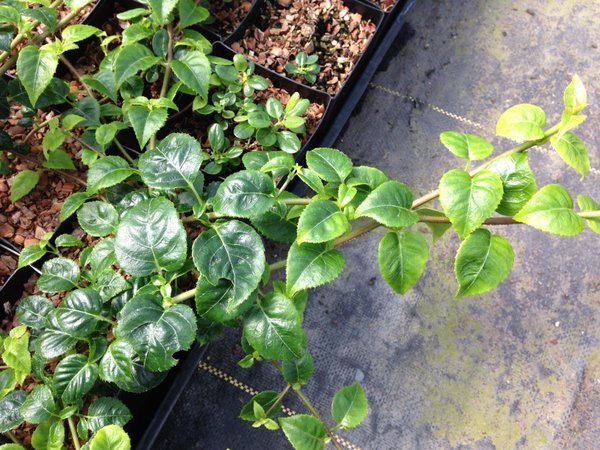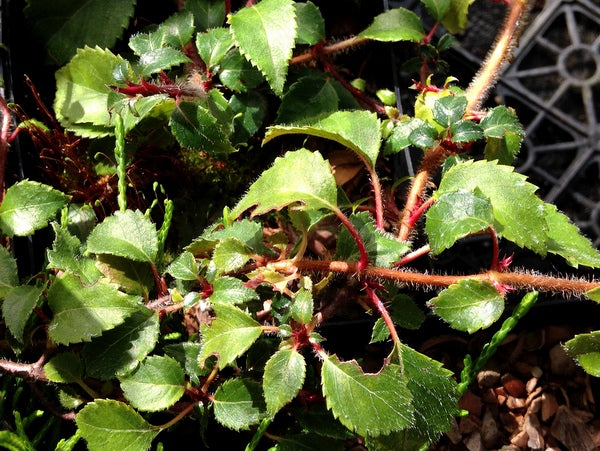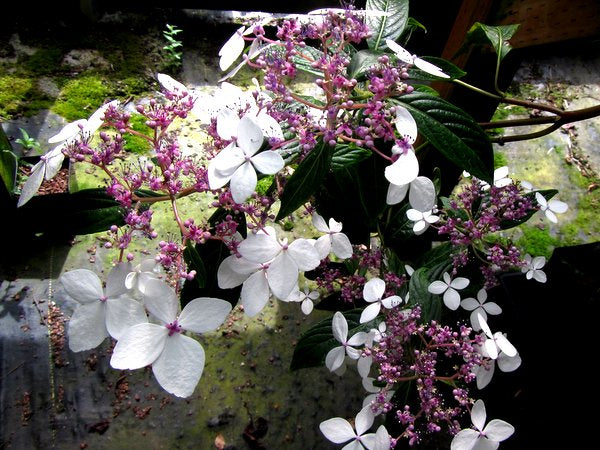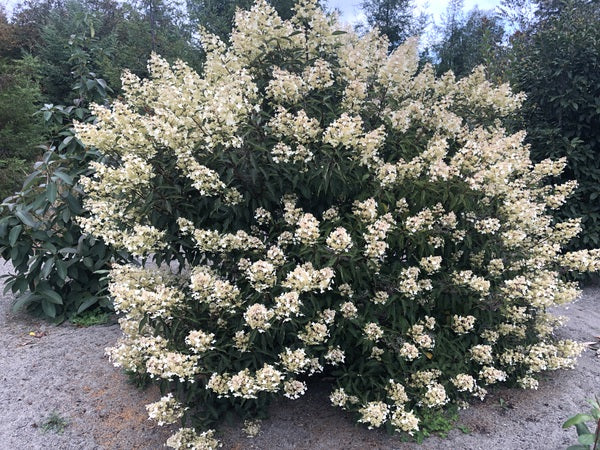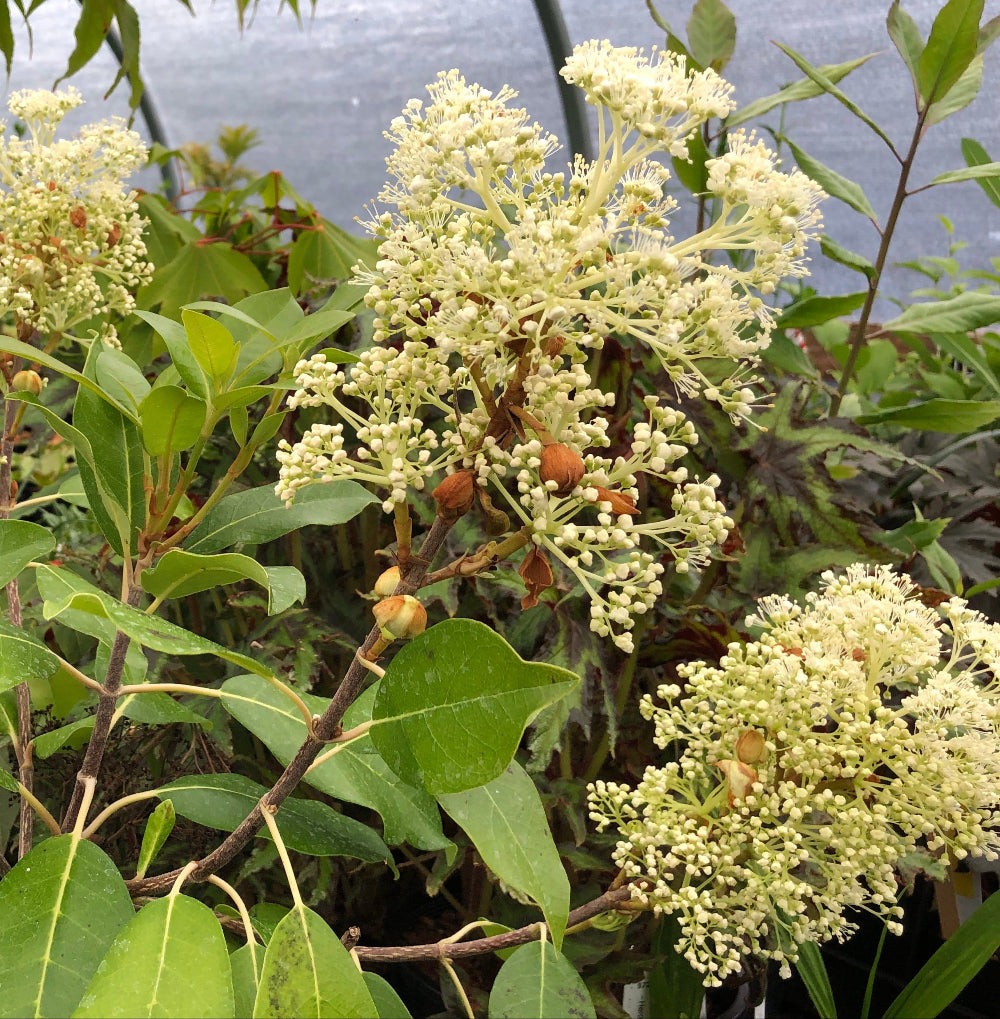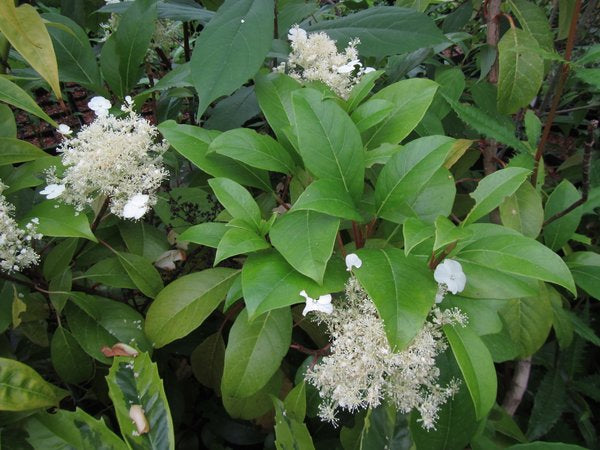Sort by:
1775 products
1775 products
When you think Hydrangea you mayyyy think climber if you are particularly nutty botanophile, but certainly unlikely. I can all but guarantee you that you aren't thinking both climber and native to Chile, but here we are with one that fits just that bill. Glossy evergreen leaves and plumes of white to pale-yellow flowers composed almost entirely of fertile florets. Rare in the UK and nearly non-existent in the US, this is one to cure those made nauseous by the endless sugar-sweet hybrids churned out by the big nurseries and breeders that represent the genus in common parlance.
Alpine ferns, full-sun ferns, NZ ferns are all underrepresented in US cultivation. This species and even more broadly this genus are completely unrepresented as far as I can tell. Named the thousand-leaf fern for its finely divided appearance, it can be found high in the mountains of Aotearoa scrambling in between rocks where it forms dense low clumps, a habitat betrayed by its distinctly fuzzy texture. Happy in sun with sharp drainage and though its considered semi-evergreen it goes dormant for us in the greenhouse during winter and will likely doubly do so with outside temps. Hard to say on hardiness given the scarcity but we are betting on 8a at least.
This seemingly non-existent in cultivation species of Mexican holly was collected by FRBC board member Cody Hinchliff in Oaxaca. Glossy evergreen leaves one often expects from a holly, these emerge a rich wine red in these plants that's highly attractive followed by glossy red berries. Growing as a tight rounded shrub of only about 5 feet in a sub-alpine zone that stays fairly moist and under full sun (Though the herbarium sheets suggest it may get larger in different conditions). Hardiness likely somewhere around 7b or 8a, will likely thrive in the Southeast, we are hoping it fares well in the wet PNW winters as well.
A Far Reaches Botanical Conservancy Offering
